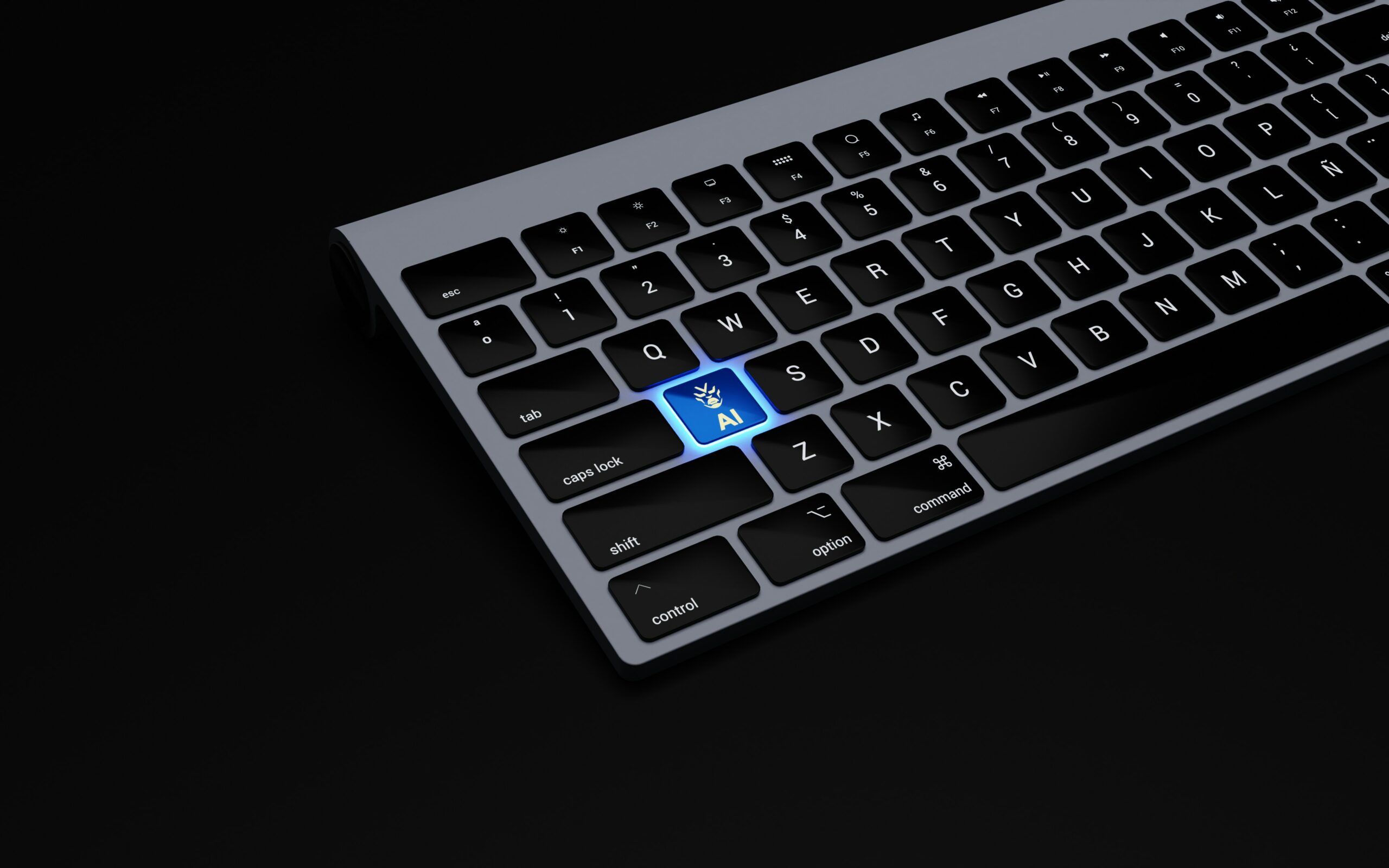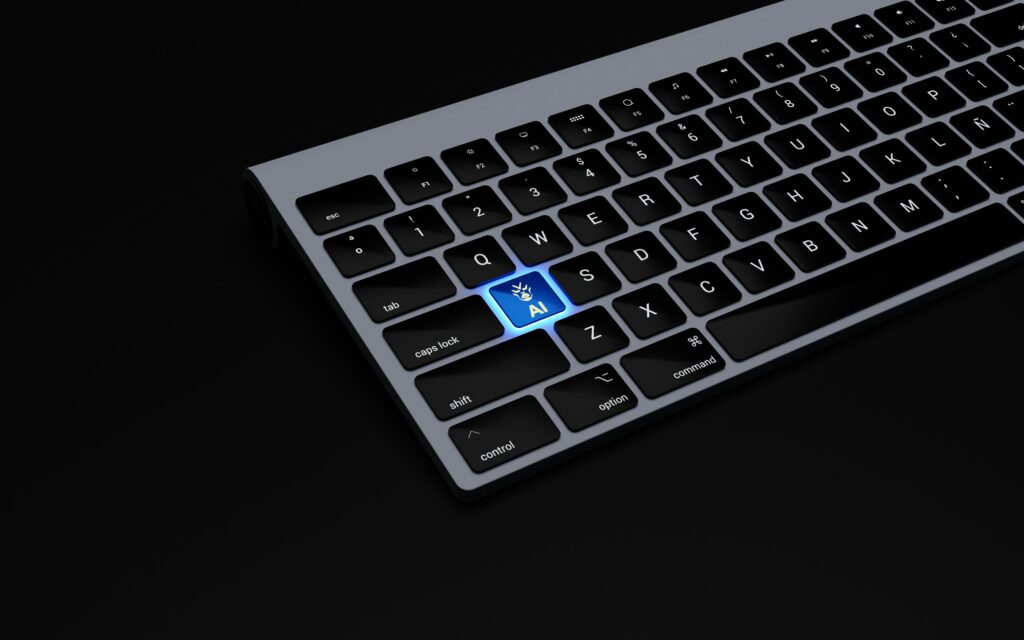Physical Address
304 North Cardinal St.
Dorchester Center, MA 02124
Physical Address
304 North Cardinal St.
Dorchester Center, MA 02124


Discover the top AI trends shaping 2025. From agentic AI to custom silicon, explore how artificial intelligence will transform business, healthcare, and daily life.
The artificial intelligence landscape is evolving at breakneck speed, and 2025 promises to be a pivotal year for AI innovation. With search volume for AI-related topics reaching unprecedented heights, understanding these emerging trends isn’t just beneficial—it’s essential for businesses, professionals, and individuals navigating our increasingly AI-driven world.
The year 2025 represents a critical inflection point in AI development. According to recent industry reports, AI performance has increased dramatically, with some benchmarks showing improvements of over 60 percentage points in just one year. This rapid advancement is creating new opportunities while reshaping entire industries.
What is Agentic AI?
Agentic AI represents the next evolution in artificial intelligence—systems that can operate independently, make decisions, and complete complex tasks without constant human oversight. Unlike traditional AI that responds to prompts, agentic AI proactively takes action to achieve specific goals.
Key Applications in 2025:
Why It Matters: Industry experts predict that agentic AI will become the most significant AI trend of 2025, fundamentally changing how businesses operate and compete.
The Hardware-Software Convergence
The demand for AI processing power is driving a revolution in custom silicon design. Companies are moving beyond general-purpose processors to create specialized chips optimized for specific AI workloads.
Major Developments:
Business Impact: Organizations investing in custom silicon are seeing significant improvements in AI performance while reducing operational costs.
Breakthrough Applications
Healthcare emerges as one of the most promising sectors for AI advancement in 2025, with applications that could revolutionize patient care and medical research.
Leading Innovations:
Patient Impact: These advances promise to make healthcare more accessible, affordable, and effective for patients worldwide.
The Corporate AI Revolution
Businesses are no longer experimenting with AI—they’re implementing it at scale. However, 2025 marks the shift from adoption to optimization, with companies focusing on measuring and maximizing AI’s return on investment.
Key Trends:
Success Factors: Companies that establish clear AI governance and measurement frameworks are achieving the highest returns on their AI investments.
The Next Level of AI Intelligence
Traditional AI excels at pattern recognition and data processing. The 2025 trend toward AI reasoning represents a fundamental shift toward systems that can think logically, solve complex problems, and make nuanced decisions.
Capabilities Include:
Real-World Applications: From legal research to scientific discovery, reasoning AI is opening new possibilities across knowledge-intensive industries.
The Infrastructure Evolution
As AI capabilities expand, organizations are rethinking their technology infrastructure. The trend toward cloud-native AI solutions is accelerating, driven by the need for scalable, flexible AI deployment.
Migration Trends:
Strategic Advantages: Companies embracing cloud-native AI are achieving faster deployment times and better scalability than those relying on traditional infrastructure.
The Voice-First Future
Voice AI technology is reaching a tipping point, with projections indicating that AI-powered voice assistants will reach 8.4 billion users by the end of 2024, surpassing the global population when accounting for multiple devices per person.
Emerging Applications:
Market Impact: The voice AI market is becoming a critical battleground for tech companies, with significant implications for user experience and brand loyalty.
Navigating the Policy Landscape
The regulatory environment for AI is becoming more flexible under new administrative policies, creating opportunities for innovation while maintaining necessary oversight.
Key Developments:
Strategic Implications: Organizations that proactively establish AI governance frameworks are better positioned to capitalize on regulatory flexibility while maintaining public trust.
The Employment Revolution
While AI may eliminate approximately 85 million jobs by 2025, it’s projected to create 97 million new positions, resulting in a net gain of 12 million jobs across the global economy.
New Job Categories:
Preparation Strategies: Workers and organizations that invest in AI-related skills development are positioning themselves for success in this transformed job market.
Your AI Action Plan
For organizations ready to embrace these trends, the key is strategic implementation rather than trying to adopt everything at once.
Implementation Steps:
Success Metrics: Organizations that follow structured implementation approaches achieve AI ROI 3x faster than those pursuing ad-hoc adoption strategies.
The Long-Term Vision
While 2025 represents a crucial milestone, these trends are part of a longer transformation that will continue reshaping our world. The organizations and individuals who understand and adapt to these changes today will be the leaders of tomorrow.
Key Takeaways:
The AI trends of 2025 represent more than technological advancement—they signal a fundamental shift in how we work, live, and interact with technology. From agentic AI systems that operate independently to custom silicon that powers breakthrough applications, these trends are creating unprecedented opportunities for innovation and growth.
Organizations that embrace these trends strategically, invest in the right capabilities, and maintain a focus on responsible implementation will thrive in this new landscape. The future belongs to those who can harness AI’s power while navigating its challenges with wisdom and foresight.
Ready to implement AI in your organization? Start by identifying your highest-impact use cases and building the foundational capabilities that will support your AI journey. The future is AI-powered, and it’s arriving faster than ever before.